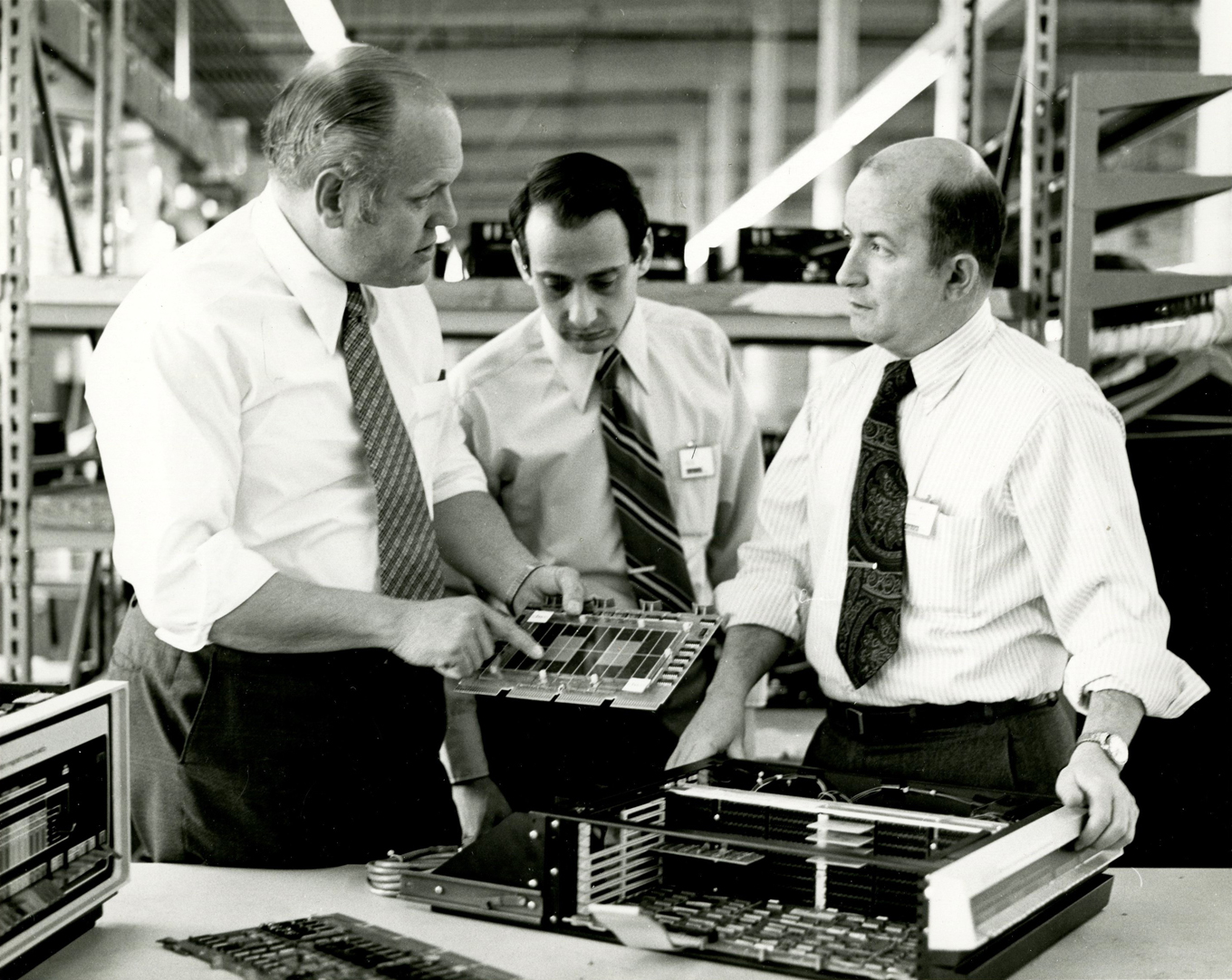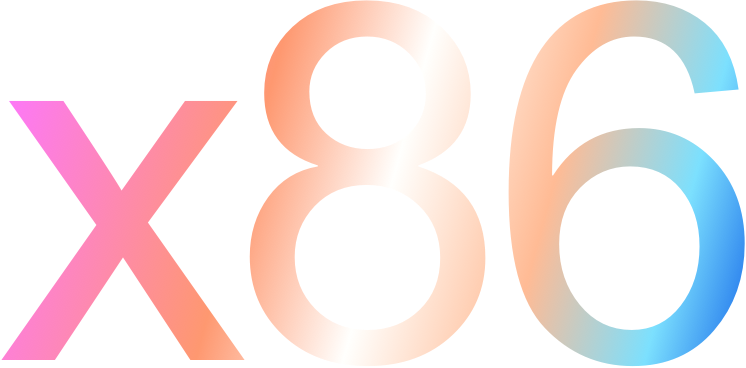What is OpenVMS
A server operating system that runs on multiple chip architectures, provides multi-site cluster configurability, and supports mission-critical high-uptime environments.

DEC legacy
The Digital Equipment Corporation introduced the VAX-11 32-bit minicomputer and its VAX/VMS operating system in 1977. OpenVMS predates Windows Server and Linux, although has links to both of those operating systems, and has been in operation ever since.

Years of stability
OpenVMS’s strengths are its reliability, security and availability, key attributes in a server OS; some OpenVMS environments can measure their uptime in years, no mean feat in today’s climate of hackers and system interruptions.

Clustering is everything
Clustering is a key element in OpenVMS’s success; this technology was invented by DEC engineers, and it is this functionality which sets OpenVMS apart from its rivals. The ability to cluster 2 or more servers together providing failover (if a node fails) is priceless in computing terms; this ability makes OpenVMS clusters disaster tolerant, where the failure of a server or entire site does not result in any appreciable downtime, as the applications continue to run on the remaining servers.

Hardware upgrades without taking down the whole cluster
Add to that the ability to perform rolling system software upgrades and hardware upgrades without taking down the whole cluster (think downtime on a manufacturing line where loss of production can be measured in millions of dollars per hour) and you can see why the product is so well thought of.

Bringing a true enterprise OS
Originally designed to run on proprietary VAX servers, followed by Alpha and Itanium-based HP Integrity servers, OpenVMS is currently being ported to the X86-64 processor architecture, bringing a true enterprise OS to the leading industry-standard platform. This result will take OpenVMS into the world of hypervisors, Kubernetes, microservices, and the concept of “as a Service”, making it available to any company who could benefit from its rock-solid approach to computing.

The future is bright for OpenVMS
At one end of the spectrum you will be able to have the OS running on your favorite Cloud provider’s platform with your applications on standard everything; while at the other end you could have the OS running on small footprint devices delivering the nervous system for Internet of Things (IoT) applications.